The Lockheed Martin F-35 Lighting II is one of the most advanced fifth-generation fighter jets. Ever since its introduction in 2006, the F35 has undergone numerous updates providing it the most significant evolution of capabilities to date. Despite the American single-seater multirole fighter being introduced as a cheaper alternative to the F-22, the F35 has become the most expensive lethal weapon system in the world over time.
1. World’s first supersonic STOVL aircraft
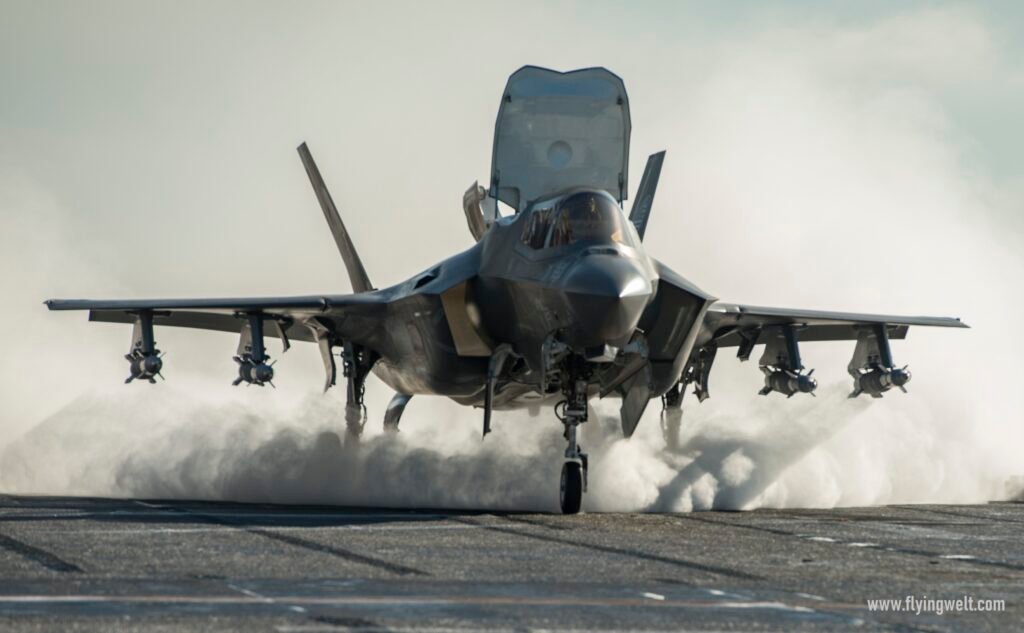
The F-35B is the first-ever supersonic, radar-evading stealth aircraft with short takeoff/
vertical landing (STOVL) capability, giving it the unique capability to operate from a variety
of ships, roads and austere bases near frontline combat zones. STOVL operation is made possible through a patented shaft-driven LiftFan propulsion system. This propulsion approach overcomes many of the temperature, velocity and power challenges of direct-lift systems.
2. Fifth gen multi role stealth fighter
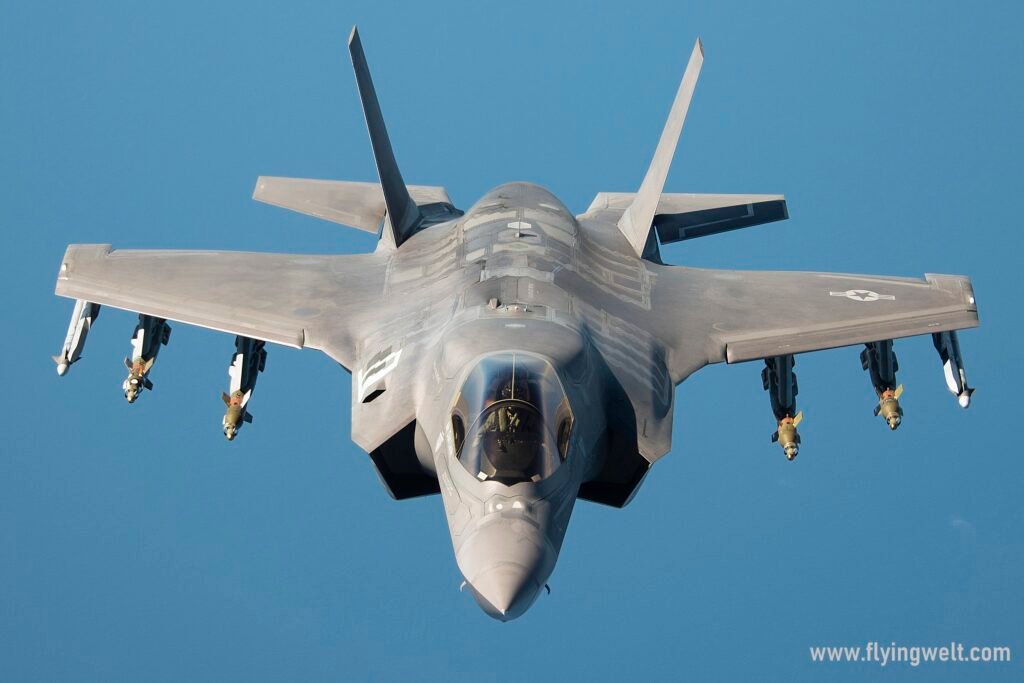
The Fifth-generation fighter aircraft are known for stealth, precision attack capabilities, power, speed, agility, survivability and situational awareness which makes a huge difference in the battle field. The Lockheed Martin F-35 Lightning II was one of the first 5th-gen multi role stealth fighter jet to be build. Uses its advanced technology to successfully execute any mission, including those not traditionally fulfilled by legacy fighters. The jet’s ability to collect, analyze and share data enhances all airborne, surface and ground-based assets in the battlespace.
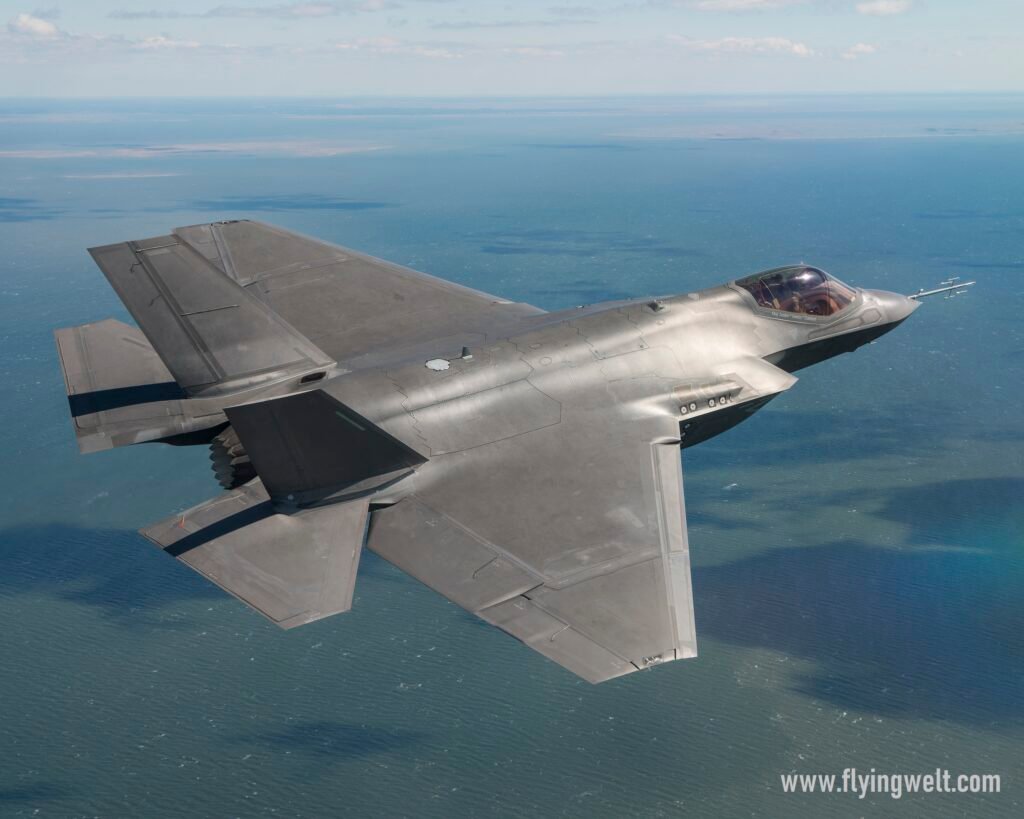
Its 5th Generation capability is defined by the combination of Very Low Observable stealth, advanced sensors, information fusion and network connectivity — all packaged within a supersonic, long range, highly maneuverable fighter.
The fifth generation fighter, F-35 is a multirole aircraft designed for air-to-air, air-to-ground, electronic attack and intelligence, surveillance and reconnaissance missions.
3. See first and shoot first
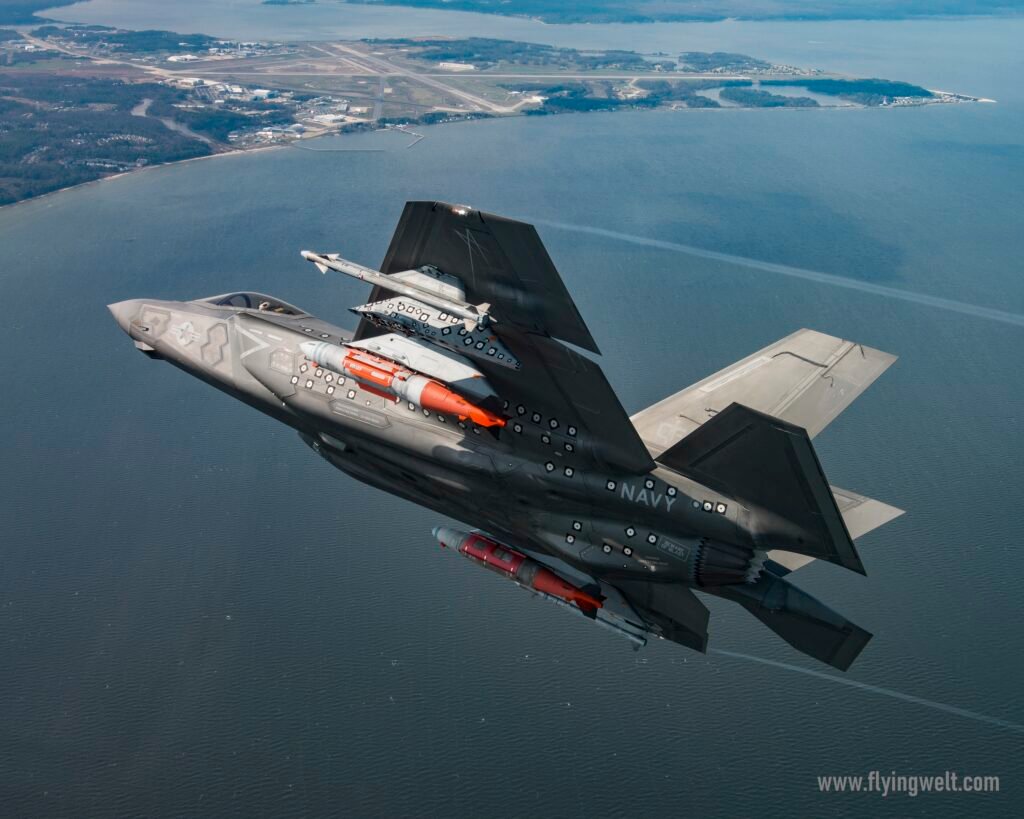
The F-35’s modernization has improved the pilots battlespace awareness with an enhanced panoramic cockpit display and new navigation updates. This advanced F-35 Pilot Interface displays the work from the automatic sensor fusion engine that stitches multi-spectral information sensed with additional and improved sensors. These new “eyes” improves the ability to “see first and shoot first” resulting in increased survivability and lethality.
4. Low observable stealth
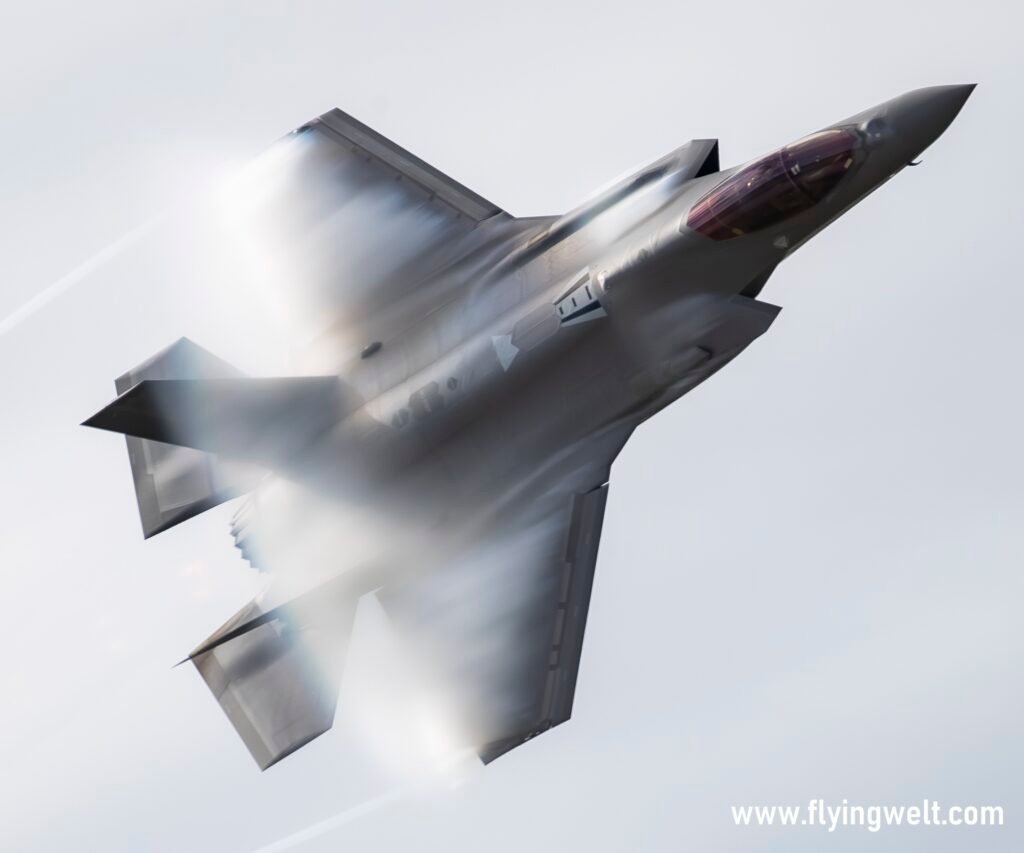
The F-35’s aligned edges, reduced engine signature, internal carriage of weapons and fuel and embedded sensors all contribute to its unique stealth performance. With stealth designed in from day one, the F-35 has one of the best ability to evade enemy’s detection and enter contested airspace. Across the entire body of the F-35, surfaces are oriented at angles that reflect radar away from the jet and enable it to evade detection.
5. Beast mode
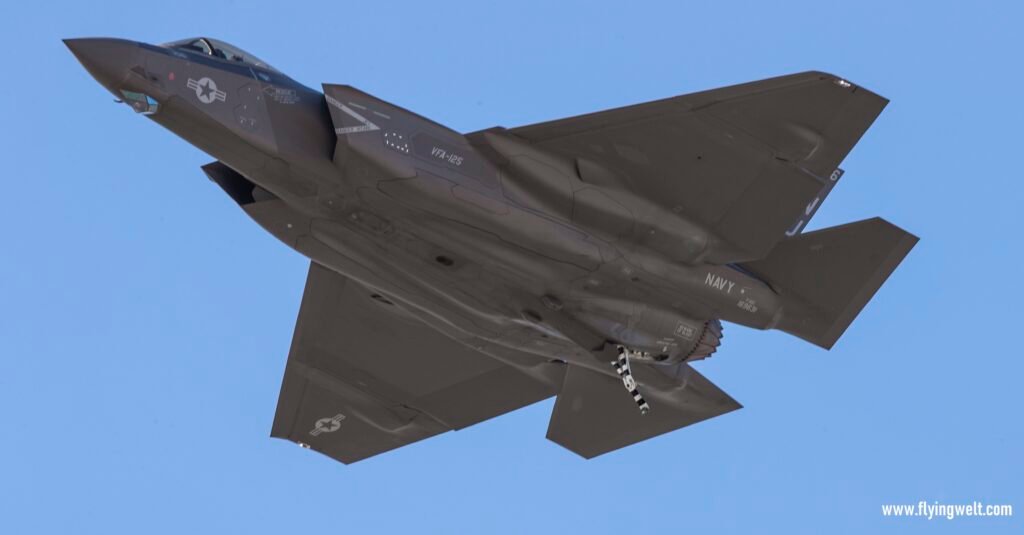
The Lockheed Martin F-35 Lightning II build as a stealth fighter, is capable of carrying ordnance internally and externally. The F-35A is equipped only with internal weapons. In stealth mode, it can carry upto 5,700lbs of ordinance internally, while in ‘beast mode’ it can carry a full 22,000lbs, of both air-to-air and air-to-ground munitions.
In stealth mode, the internal weapon bay allows the F-35 to carry weapons without mounting them externally, where by helping the aircraft to attack the ground as-well as air targets without being getting detected in the enemy’s radar.
6. Pratt & Whitney F135 after burning turbofan

The Lockheed Martin F35 Lighting II is powered by a powerful single Pratt & Whitney F135 afterburning turbofan, which produces 28,000lbf of standard thrust and 43,000lbf with its afterburner on. The aircraft’s high powered Pratt & Whitney engine had initialy encountered problems during development, but now it can generate speed up to Mach 1.6 (1,200 mph). The F135 engine has 50 percent more thermal management capacity and is 13 times safer than the 4th generation engines.
7. Electro Optical Targeting System
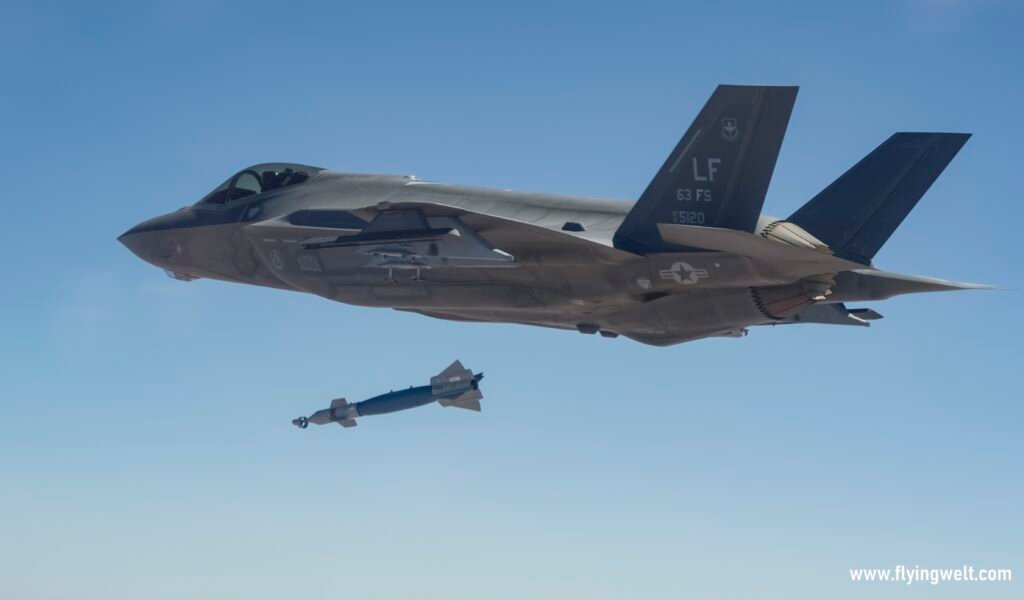
The F-35 has the most advanced sensor suite of any fighter in history, including the Active Electronically Scanned Array (AESA) radar, Distributed Aperture System (DAS), Electro Optical Targeting System (EOTS) and advanced electronic warfare capabilities to locate/track enemy forces, jam radars and disrupt attacks.
The F-35 can share its operational picture with the ground, sea and air assets, making it serve as an information and communication gateway for missions. The F-35’s advanced sensor fusion enables pilots to draw on information from all of their on-board sensors to create a single integrated picture of the battlefield that greatly enhances awareness and survivability.
In 2017, during the Lockheed Martin F35’s first Red Flag exercise, it scored a 20:1 kill ratio, where F-35 won 20 engagements for each one it lost. With such an exceptional performance, the F-35 can track and attack targets in all directions, so, getting behind of F-35’s tail cannot safeguard the enemy from missiles.
8. Dual-capable aircraft
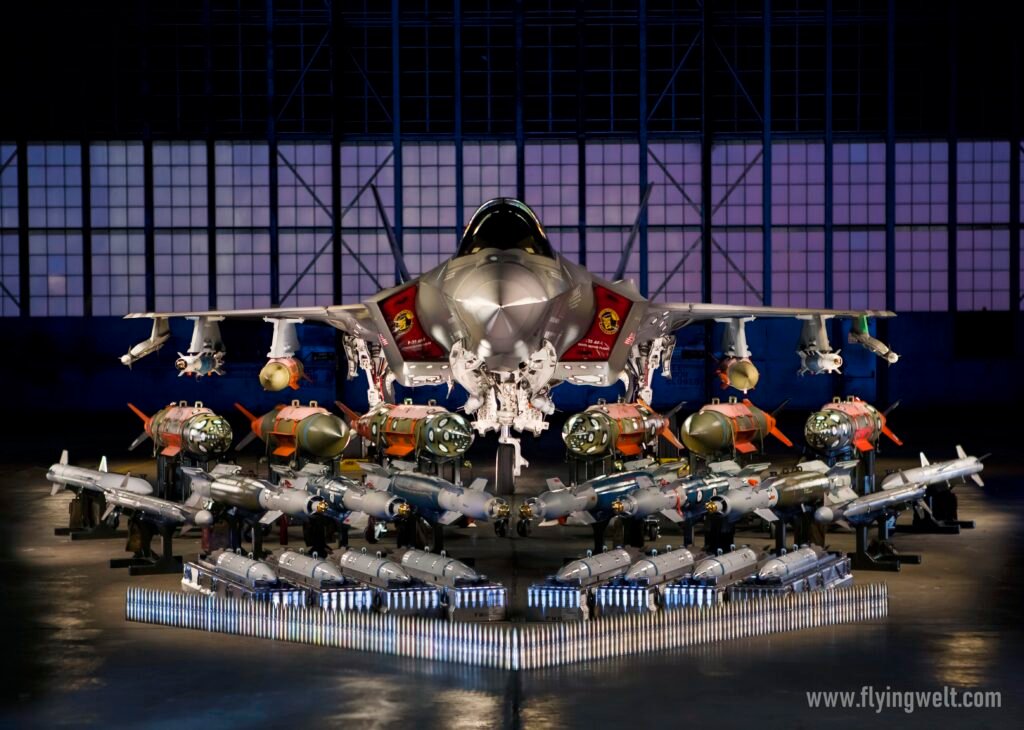
The F-35 can be equipped with a larger variety of air-to-air and air-to-ground missiles than the F-22. The Lightning has four internal weapon bays and six external hardpoints on the wing. All variants of the F-35 have the potential to carry JASSM (Joint Air to Surface Standoff Missile) or LRASM (Long Range Anti-Ship Missile), providing increased reach, lethality and survivability against heavily-protected, strategic targets and increasing the ability to deter peer-peer adversaries. According to a 2015 article in L’Avenir, the F-35 is the only aircraft in competition that is certified for the nuclear strike mission.
The best way to stop an incoming missile is to ensure it is never launched in the first place. The F-35’s stealth and advanced sensors allow it to enter contested air space, find, track and destroy missile threats before they are even launched, including mobile threats. The F-35’s delivered today are capable of executing high end, strategic attack missions that can be leveraged to stop missile attacks before they launch.

“The F-35 Lightning II, can track and destroy adversary cruise missiles today and, in the future, can be equipped with a new or modified interceptor capable of shooting down adversary ballistic missiles in their boost phase.”
Pentagon’s Missile Defense Review (MDR)
In the missile defense arena, F-35s can detect and track missile threats at a much closer distance – and are able to connect sensor information between aircraft and queue existing missile defense systems to engage an incoming threat. This enables missile defense systems to see, track and destroy threats sooner and safer.
9. Three variants
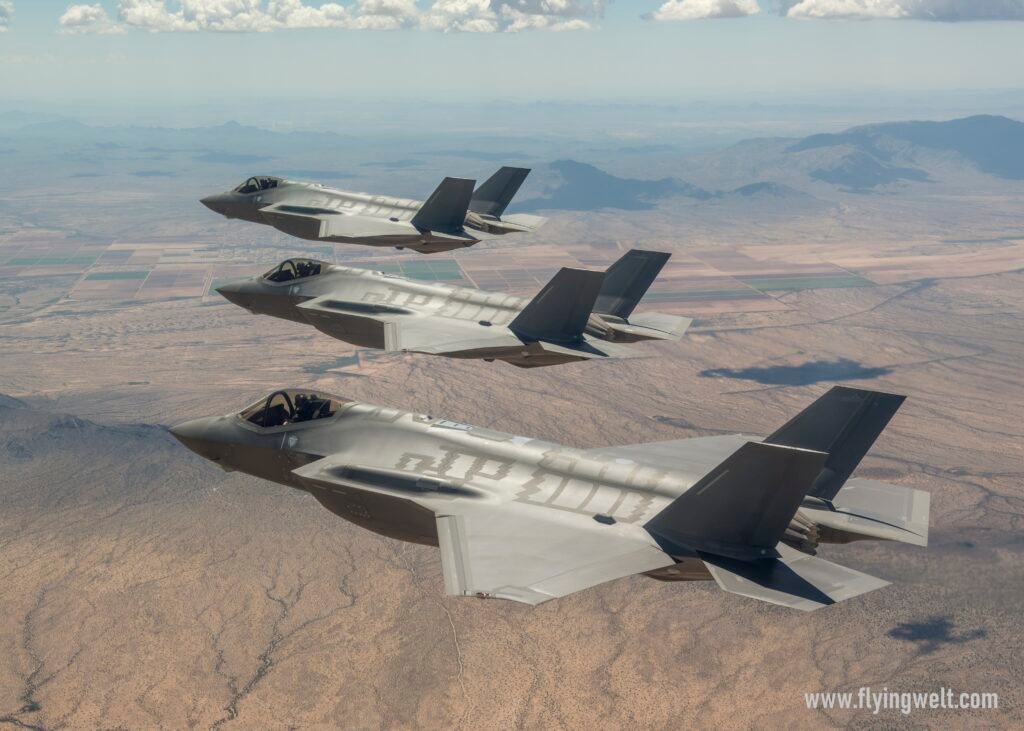
The Lockheed Martin F-35 Lightning II is available in three variants, each designed for the operational challenges of different services; F-35A conventional takeoff and landing variant, F-35B short takeoff and vertical landing variant and Navy’s F-35C carrier based variant.
10. World’s most advanced JSF helmet
During a mission, the pilots need the best available information to make instant decisions. F-35 fighter jet is equipped with F-35 Joint Strike Fighter (JSF) helmet-mounted display system (HMDS), which provides the most capable situational awareness with intuitive access to tactical, flight and sensor informations. The JSF HMDS comes with three fully integrated advanced technologies – head up display, helmet mounted display and visor-projected night vision.
“The helmet is much more than a helmet, the helmet is a workspace. It’s an interpretation of the battle space. It’s situational awareness. Calling this thing a helmet is really…we’ve got to come up with a new word.”
U.S. Air Force Chief of Staff General Mark A. Welsh III
The mission-specific information like airspeed, heading, altitude, targeting information and warnings are projected on the helmet visor, rather than on a traditional Heads-up Display (HUD). This feature significantly reduces the pilot’s workload and increases responsiveness.
11. Automatic collision avoidance system

The Lockheed Martin F-35 Lightning II is equipped with Automatic Ground Collision Avoidance System (Auto GCAS). This life-saving technology is estimated to prevent more than 26 ground collisions from happening. Originally developed for the F-16 in partnership with NASA and U.S. Airforce Research Laboratory, Auto-GCAS uses terrain mapping, geolocation and automation to detect and avoid potential ground collisions. When the program detects imminent impact, it will prompt the pilot to take action. If the pilot is unresponsive, Auto-GCAS assumes temporary control to divert the aircraft out of harm’s way, and then returns control of the aircraft to the pilot once on a safe trajectory.
“It takes three years to build a fighter jet; it takes 26 years to build a fighter pilot. I can give you the price of an F-35, but … You can’t put a price on your sons and daughters,”
Billie Flynn, Lockheed Martin experimental test pilot

The F-35’s automatic ground-collision avoidance system (AGCAS), originally scheduled for delivery in 2026, was deployed seven years ahead of time. The system has been operating successfully aboard the F-16 for more than 5 years and has already been credited with saving eight F-16 pilots’ lives since 2014.
Technical specifications
| Variants |  F-35A F-35A |  F-35B F-35B |  F-35C F-35C |
|---|---|---|---|
| Length | 51.4 ft/15.7 m | 51.2 ft/15.6 m | 51.5 ft/15.7 m |
| Speed | Mach 1.6 | Mach 1.6 | Mach 1.6 |
| Wingspan | 35 ft/10.7 m | 35 ft/10.7 m | 43 ft/13.1 m |
| Wing Area | 460 ft²/42.7 m² | 460 ft²/42.7 m² | 668 ft²/62.1 m² |
| Combat Radius (Internal Fuel) | >590 n.mi (1,093 km) | >450 n.mi (833 km) | >600 n.mi (1,100 km) |
| Range (Internal Fuel) | >1,200 n.mi (2,200 km) | >900 n.mi (1,667 km) | >1,200 n.mi (2,200 km) |
| Internal Fuel Capacity | 18,250 lb (8,278 kg) | 13,100 lb (5,942 kg) | 19,200 lb (8,708 kg) |
| Max G-Rating | 9.0 | 7.0 | 7.5 |
| Weapons Payload | 18,000 lb (8,160 kg) | 15,000 lb (6,800 kg) | 18,000 lb (8,160 kg) |
| Propulsion | F135-PW-100 | F135-PW-600 | F135-PW-100 |
| Thrust* | 40,000 lb Max/25,000 lb Mil | 38,000 lb Max/26,000 lb Mil/40,500 lb Vertical | 40,000 lb Max/25,000 lb Mil |
Military Power (Mil) = Without Afterburner
